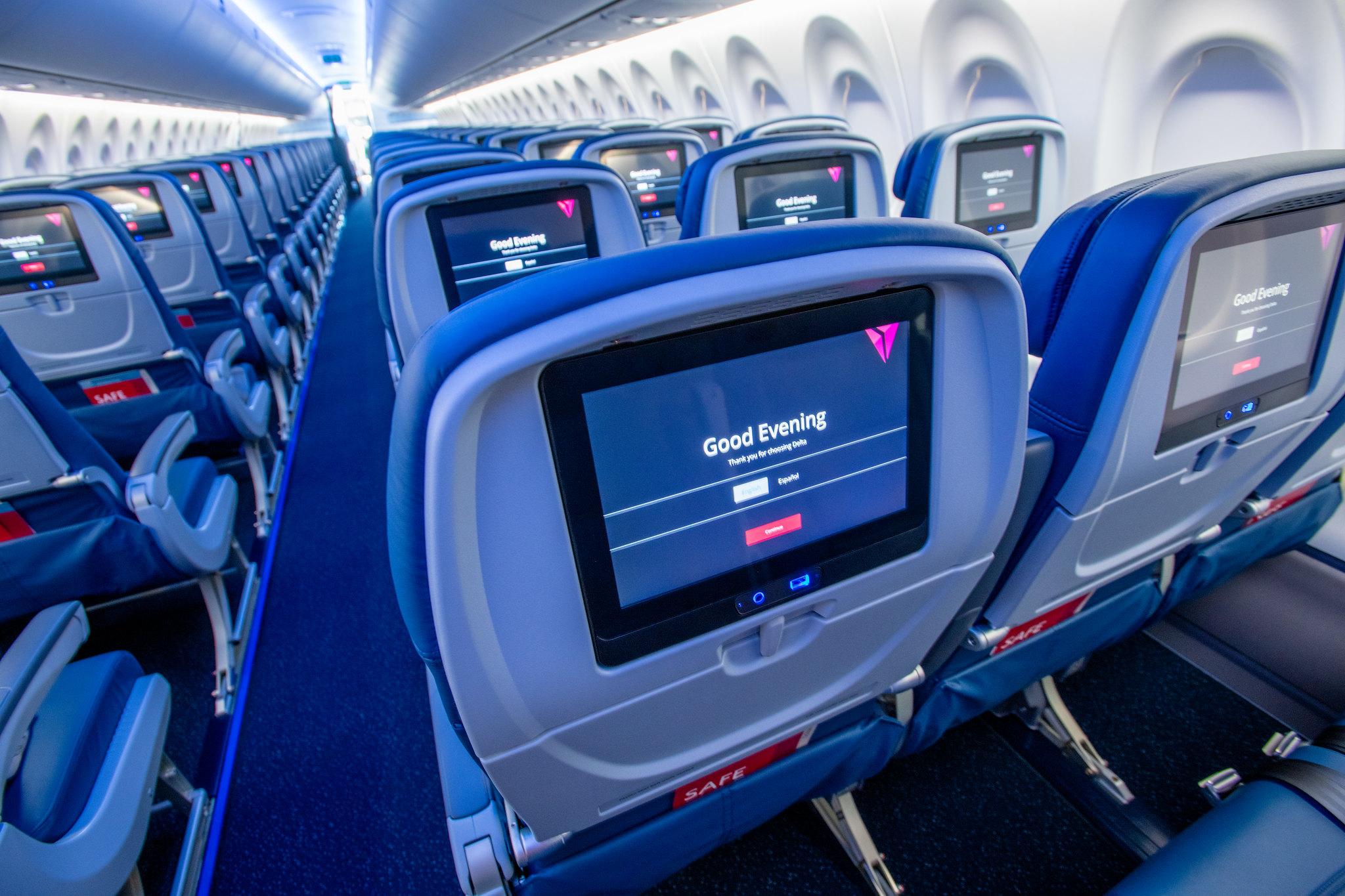
Although widespread groundings of aircraft have provided a great opportunity to perform retrofit and upgrade work, most airlines have been too preoccupied with preserving liquidity.
However, airlines that don’t yet possess extensive in-flight connectivity for passengers face a dilemma, given that once the pandemic subsides the demand for such services is likely to be higher than ever.
In part, this is because many people’s connection with the outside world for much of the past year has been through a router, but other residual practices from the pandemic will also play a role.
“In-flight connectivity is increasingly becoming a hygiene factor on flights, especially medium- to long-haul legs where guests expect an onboard Wi-Fi solution to stay connected throughout their journey,” Asif Khan, senior manager IFE and publications at Etihad Airways, tells Inside MRO.
Nonetheless, many operators have been beholden to more immediate financial concerns.
“Many airlines postponed or cancelled connectivity upgrades in 2020 during the pandemic, or delayed selection of equipment for line fit aircraft as airlines were not certain about the future, especially before the availability of vaccine,” says Michael Leung, AAR’s managing director engineering services – Asia.
Yet AAR’s experience was not universal, with connectivity provider Inmarsat reporting no drop-off in its IFC installations through 2020.
One reason for this may be that connectivity providers sometimes help finance some of the costs of installations on their customers’ aircraft, says Lukas Bucher, head of product connectivity at Lufthansa Technik.
As a result, the MRO provider has not experienced any outright cancelations for connectivity installations booked in before the crisis, although he adds that airlines in the most serious difficulty have paused work.
“Airlines that are confident of still being in operation once the crisis fades have held on to existing contracts that are currently in execution. Since such contracts run for years, the implementation had to be adjusted as per each airline’s respective situation, but none have really been cancelled.”
To find out more where airlines and the aftermarket see demand heading for in-flight connectivity, see the next issue of Inside MRO.





